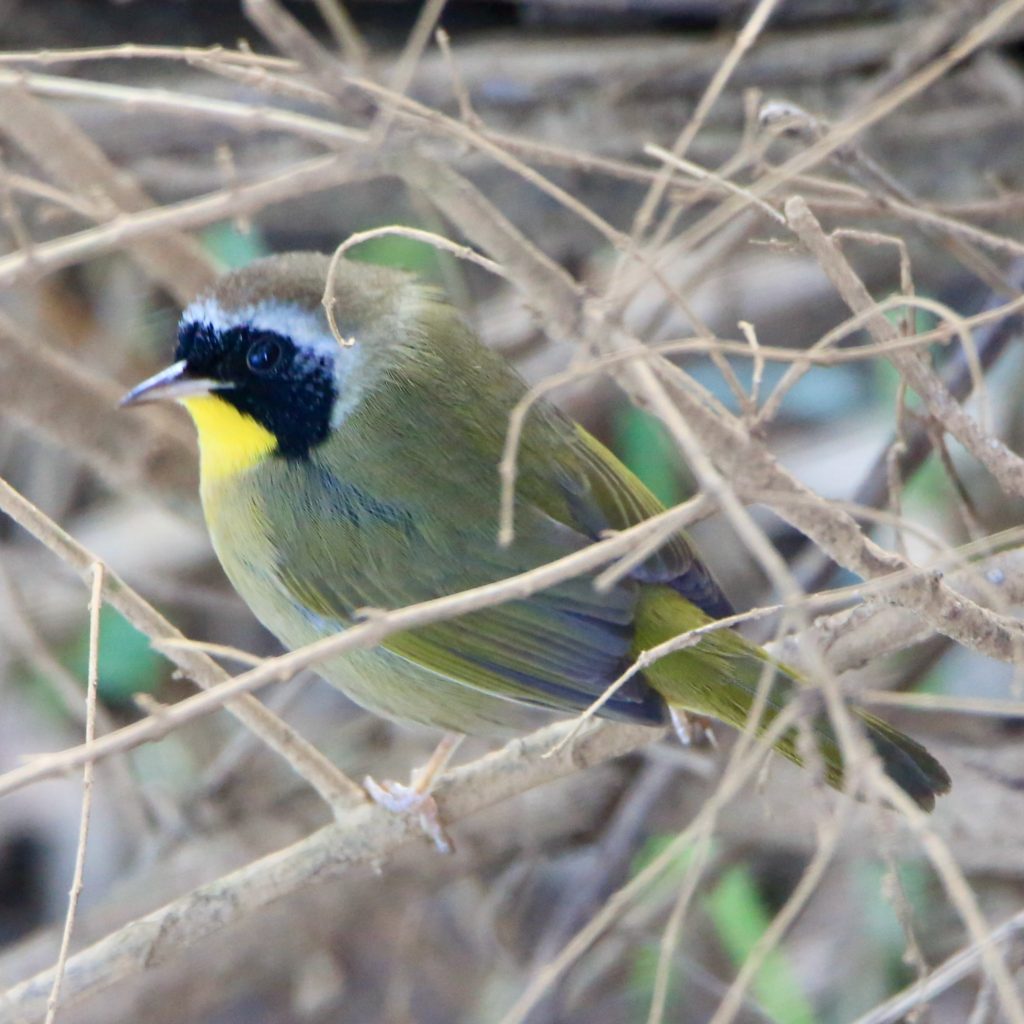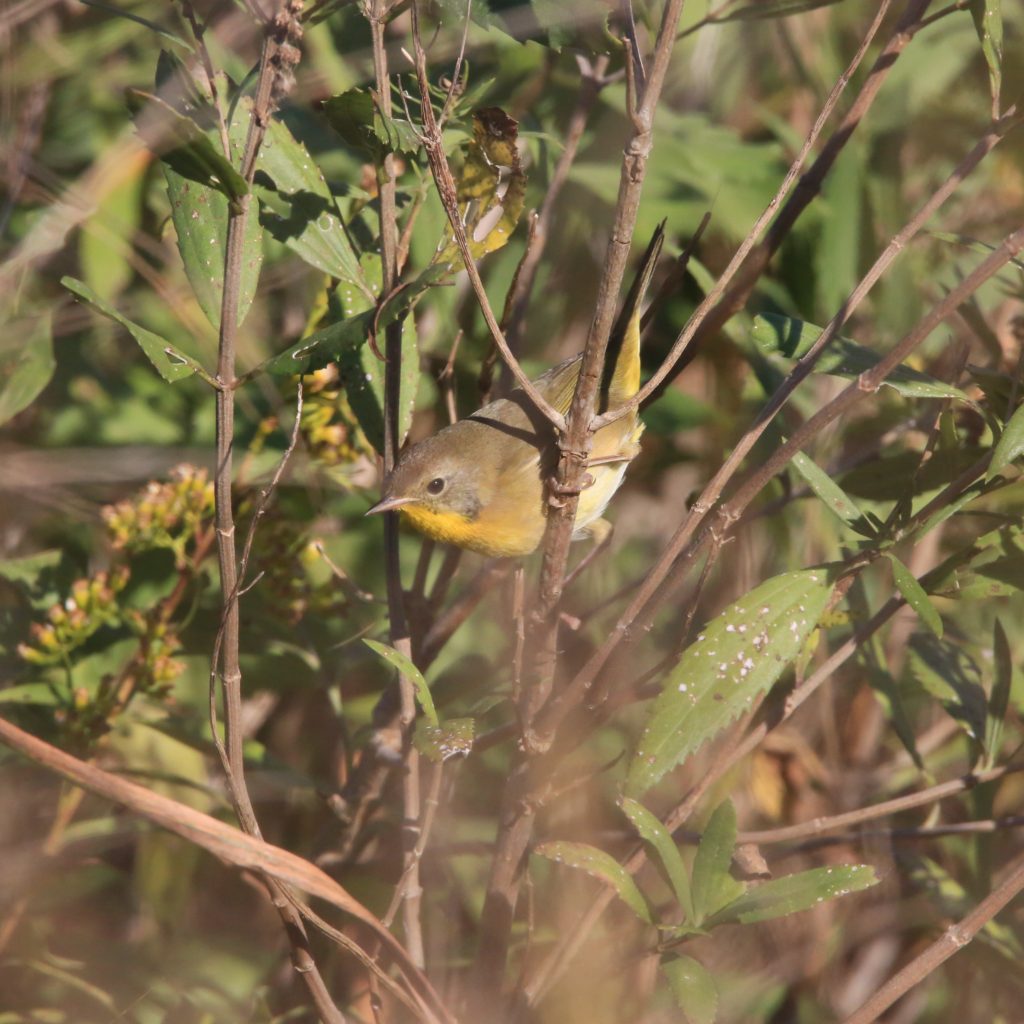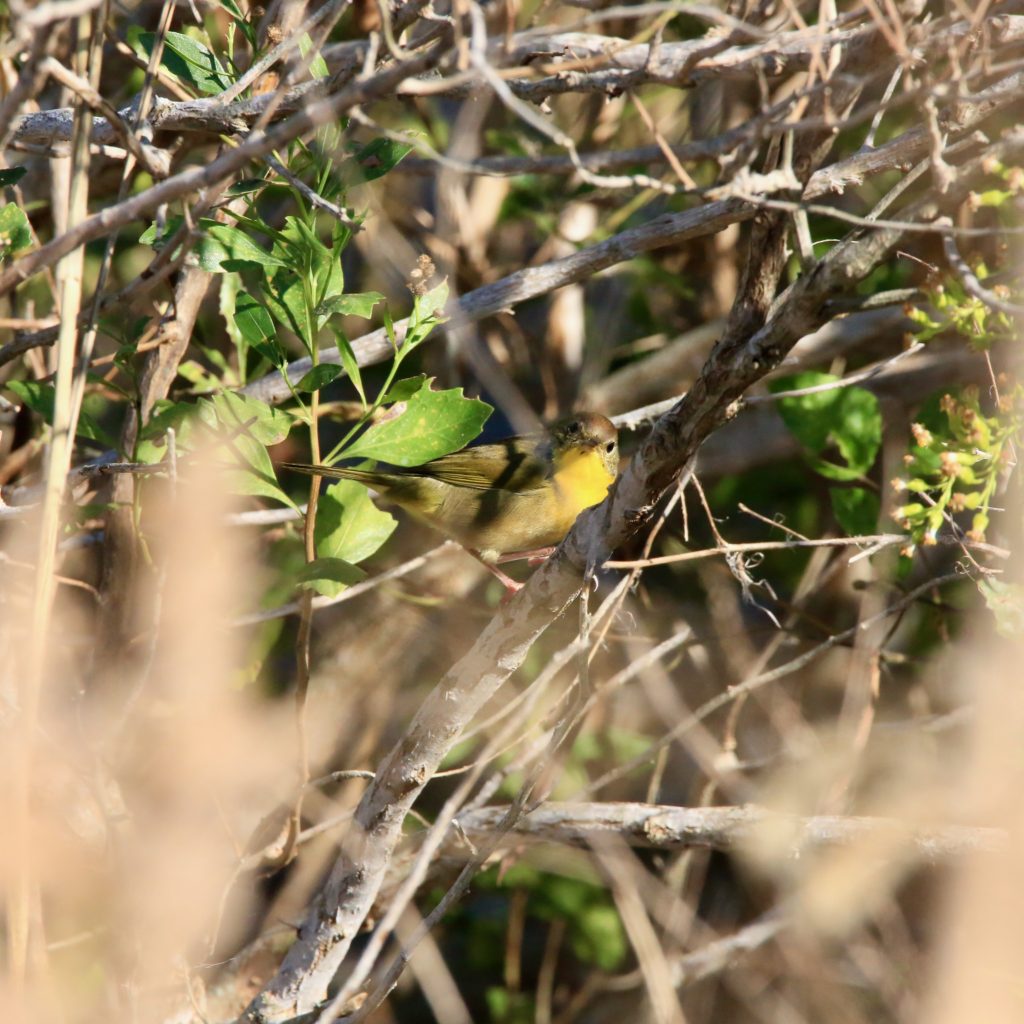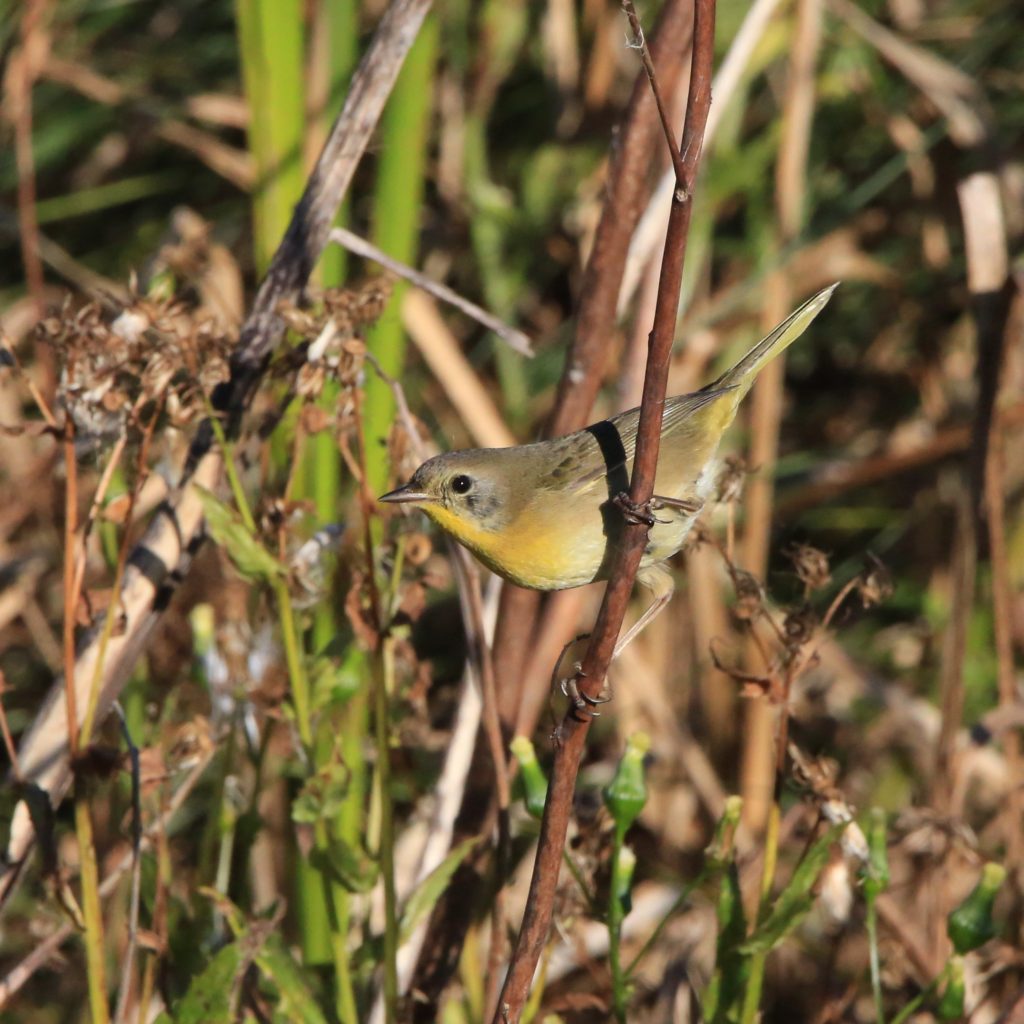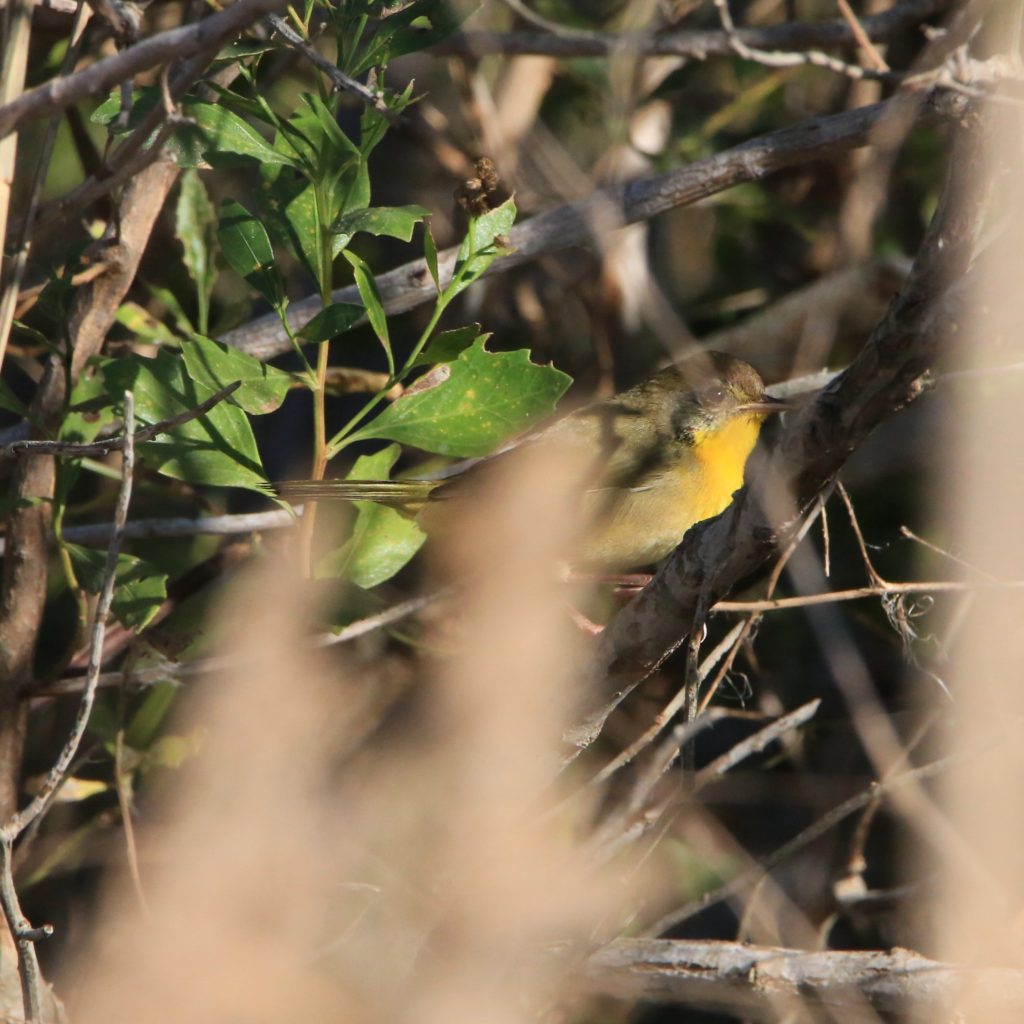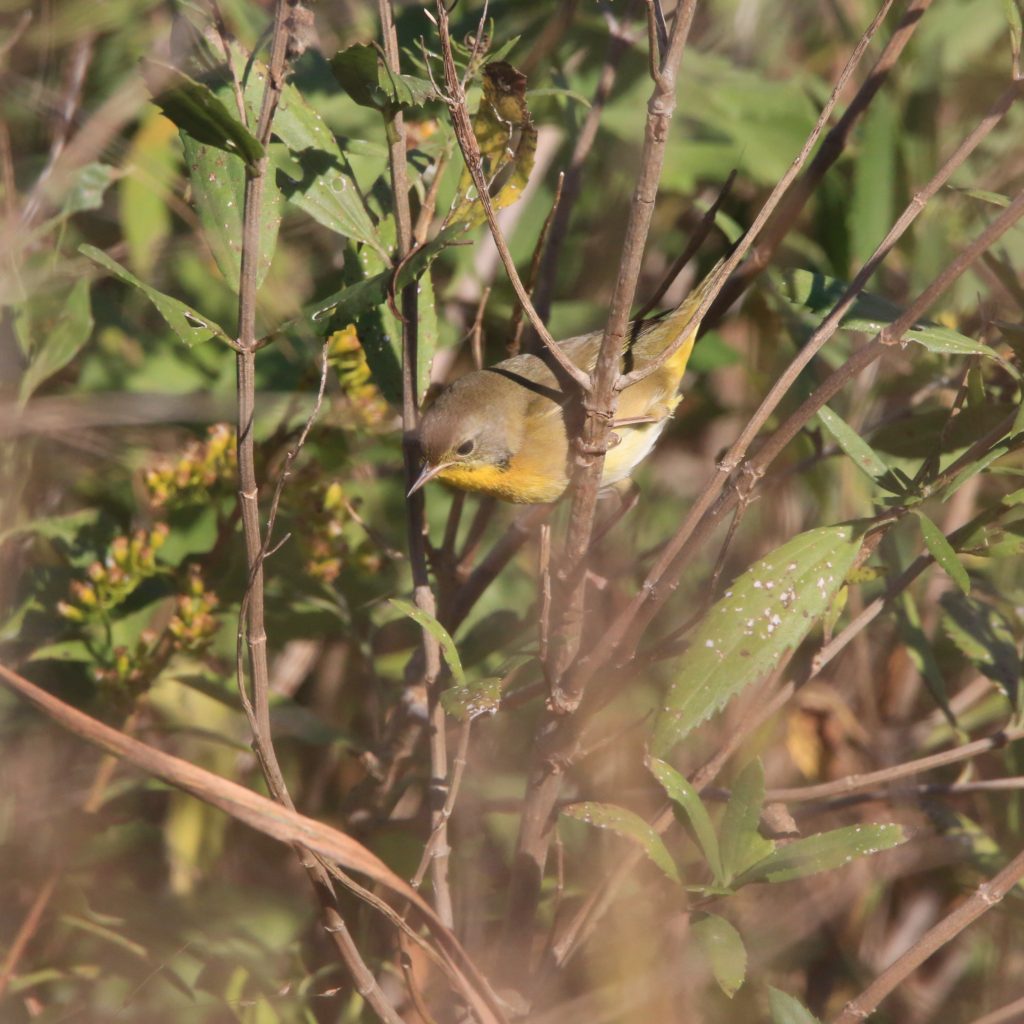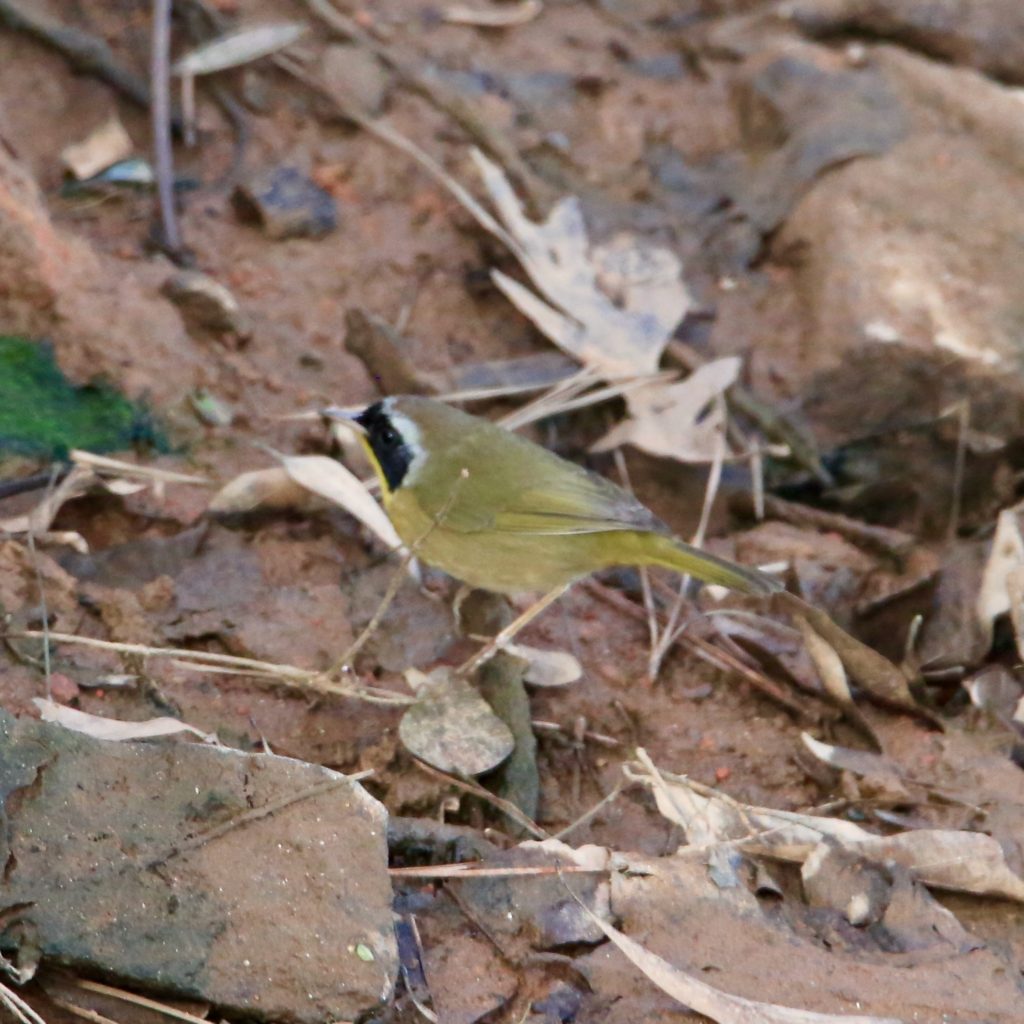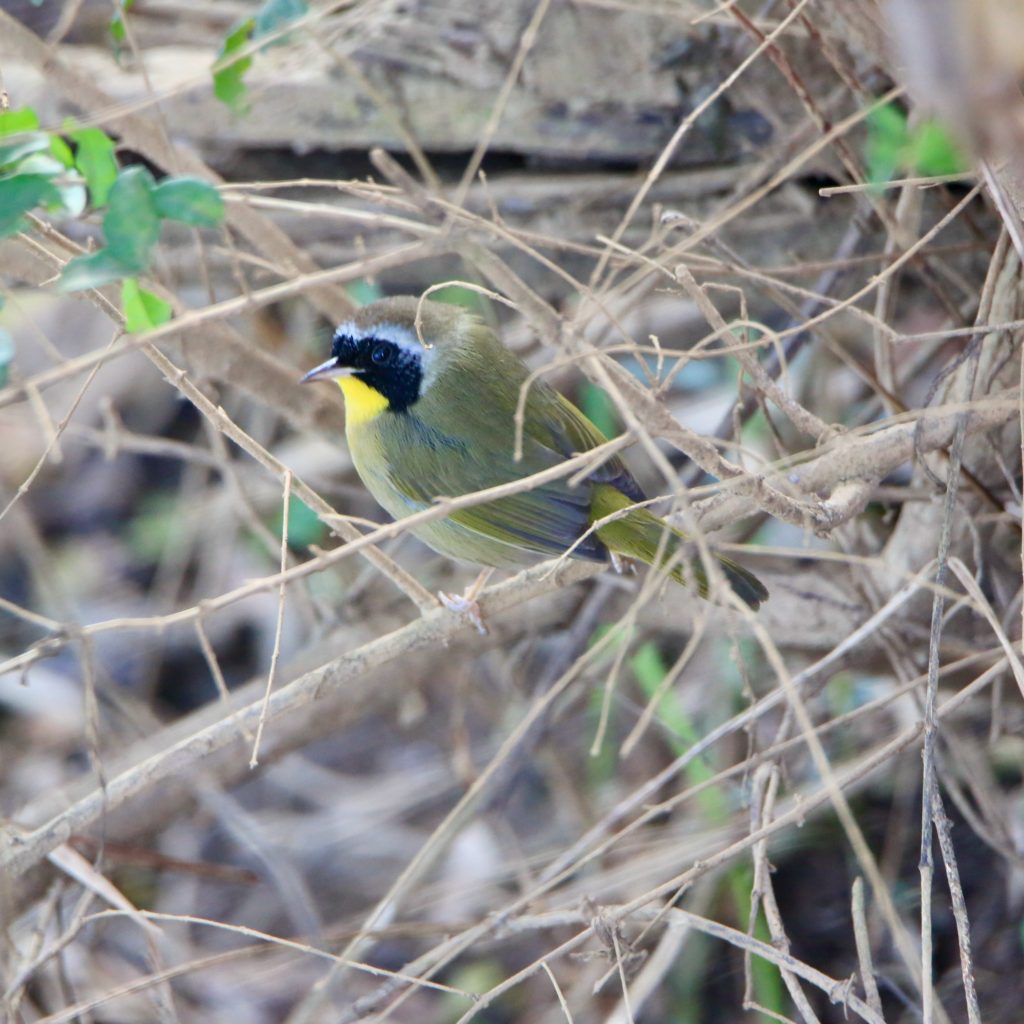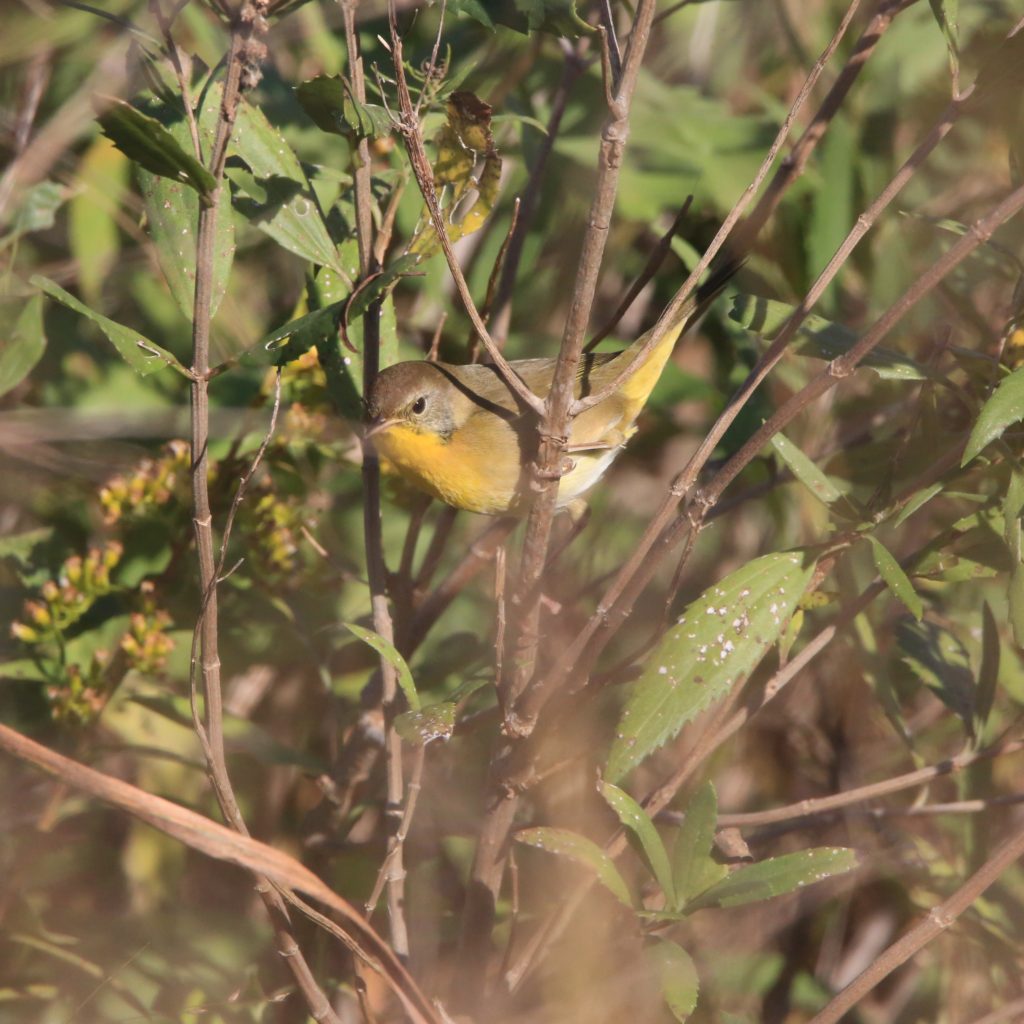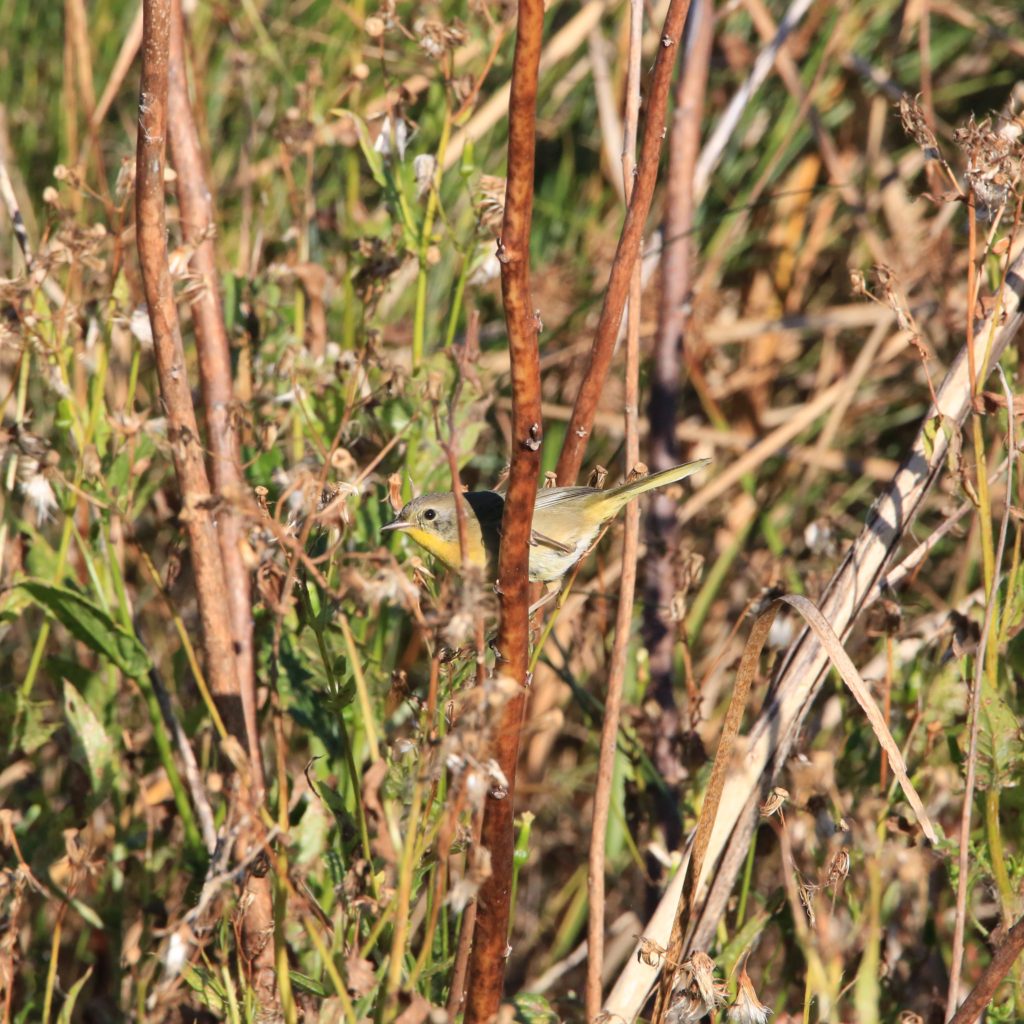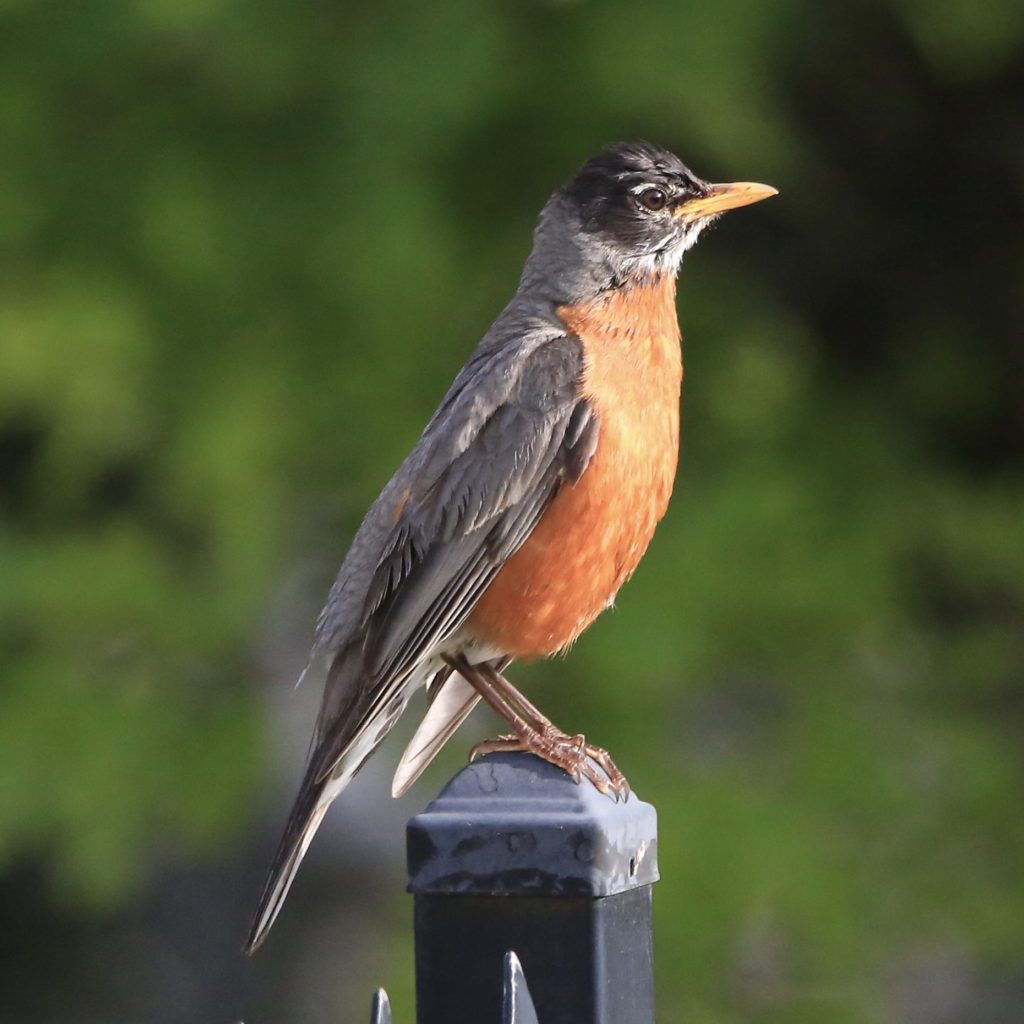
Bird Watching at Sequoia National Park
Share
Bird watching at Sequoia National Park is made unique by the 404,064 acres it is located on in the state of California, specifically in the southern Sierra Nevada. This means there is a lot of area for birds to hide. The location places it directly at Visalia’s east, and most importantly, it is part of Tulare county. The park is largely famous for the giant sequoia trees. The most notable among them is the General Sherman Tree. The place also has several waterfalls and giant boulders. Most of all, it is greeted by a huge number of bird species every year.
Major Attractions at Sequoia National Park
The Sequoia National Park has activities one can engage in both winter and summer. It is home to the world’s largest living being, the 275 feet General Sherman tree. The top of the Moro Rock would greet you with a view of all the Sierra Nevada Mountains. The only catch is that you would have to climb 350 steps to reach there, but we’re sure you’re up for the challenge.
We absolutely can’t forget the park’s various trails, such as the Marble Falls trail, Big Tees trail, Crescent, and Log Meadows trail. Birdwatching is undoubtedly a significant activity in this park, along with camping, hiking, and snowshoeing.
GET KIDS BIRD WATCHING
Bird Watching at Sequoia National Park
The Kings Canyon National Park is deeply connected to the Sequoia National Park. The parks are characterized by deep forests, with some of the largest trees in the world. Once the dry season hits, we see bird species such as Clark’s Nutcrackers and Steller’s Jays leaving the place. For the most part, though, the migrants from the neotropics find the
weather suitable. This includes bird species such as Wilson’s Warblers, Common Yellowthroats, MacGillivray's Warblers, and Yellow Warblers.
The Sequoia National Park also has plenty of bird species indigenous to the park, including Brown Creeper, Hammond’s Flycatcher, Green-tailed Towhee, Mountain Chickadee, and Pine Grosbeak.
Sequoia National Park offers various famous trails for birdwatching. One can drive through these trails or hike all the way. Plenty of campers also have a special kind of love for these trails. Tokopah Falls via Tokopah Valley Trail is one of the most used ones, with the 6.4-kilometer path enjoying heavy traffic. Thus, a person can birdwatch while feasting their eyes on a beautiful waterfall.
There’s an easier 4.8 kilometer Congress Trail that one can go birdwatching with children. The trail is open throughout the year, and you get the chance to see other wildlife too.
Birdwatching in Sequoia National Park is especially enjoyable because it alone gets over 200 bird species as visitors and locals. California, in general, seems to have at least 710 different species showing up in the state. Among them, Tulare county is a host to at least 342 species.
10 Birds to See at Sequoia National Park
Steller's Jay
Steller's Jays are blue with a black head and a triangular crest. They are found near evergreen forests in the mountains of the western United States. They make their homes in pine and oak forests. Their population is widespread and common. Steller's Jays make their nests out of the mud. They stay in the high canopy and fly down in long, lazy swoops. They eat nuts, seeds, or handouts from humans! Steller's Jays are permanent residents but may move to lower elevations in the winter.
Common Yellowthroat
Common Yellowthroats have a yellow body with a black face. They are found throughout North America. There has been a decline in population, but they are still common in most areas. Their habitat is in swamps and marshes. Common Yellowthroats are vocal birds, singing to announce their arrival. They lay 3 to 5 eggs in a nest very low to the ground. Common Yellowthroats migrate mostly at night during both spring and fall.
Yellow Warbler
Yellow Warblers are all-around yellow birds with some light brown stripes on their chest. They can be found throughout North America. Their population is stable and not at risk of endangerment. They make their homes in gardens, streams, and along swamp edges. Yellow Warblers have a distinct whistle. They feed on insects in willows, wet woods, and even by the roadside. Yellow Warblers migrate early in the fall.
California Condor
California Condors are magnificent, large, black birds with orange heads. They are the largest bird in North America but are endangered. At one time, there were only 22 California Condors. Now there are approximately 230 free-flying California Condors and 160 in captivity. They live in open country in the hills. They can survive 1 to 2 weeks without eating! When they do find a carcass to eat, they eat all they can. They only lay 1 egg at a time and they take care of their young for almost a whole year. There has been no proven migratory pattern since they have spent much of their time in captivity.

American Robin
American Robins have a round orange chest and gray-brown feathers. They are found across North America. Their population is widespread and abundant. Their habitat is in cities, lawns, and forests. They lay about 4 eggs and sometimes up to 7. The eggs they lay are a pale blue color and are often referred to as “robin’s-egg blue”. They enjoy eating earthworms right out of the ground in the morning and fruit in the afternoon. American Robins migrate in flocks during the day.
Belted Kingfisher
Belted Kingfishers have large heads with thick, pointed bills. They are blue-gray with white on their wings and tails. They are common across North America. Belted Kingfishers are not endangered, but their numbers have decreased recently. They live near shores and streams. Belted Kingfishers dive to catch fish and crayfish to eat. They will cough up pellets of indigestible parts, like bones and scales. They lay 6 to 7 eggs and make their nests in the ground as long tunnels. Migration is not common, but some Belted Kingfishers migrate south along rivers.















